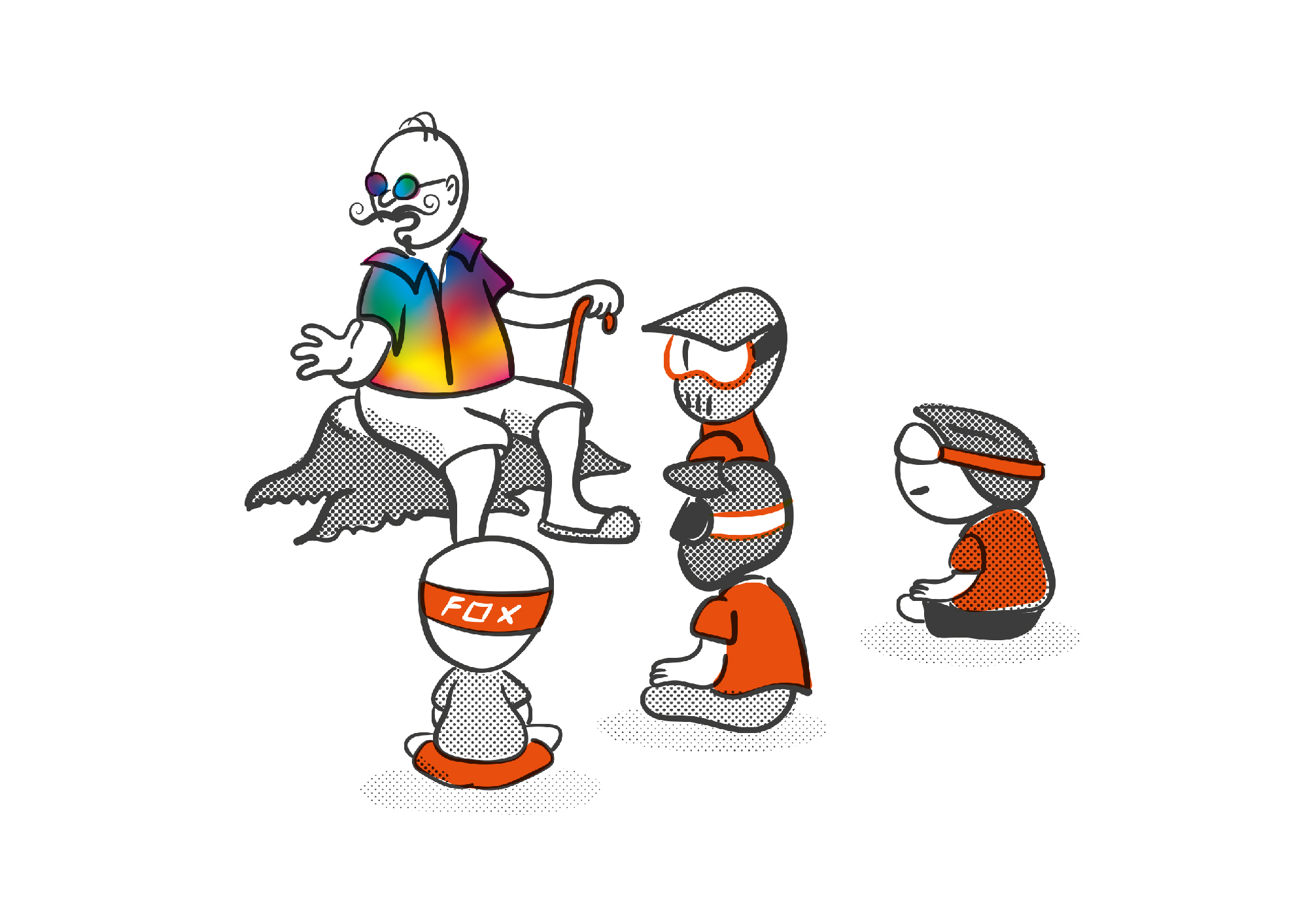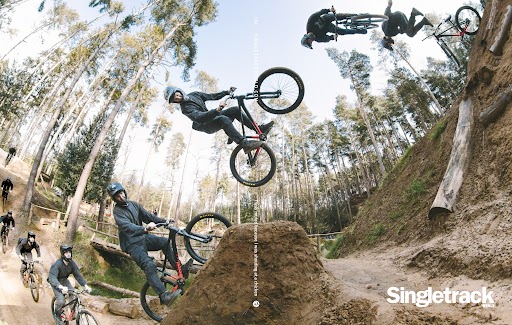Mountain biking is getting old. It might be time to sit down and talk to our elders.
Words Hannah, Illustration James Vincent
Remember when you were a kid and every birthday counted? Cake, presents, and a party to mark the occasion. If someone asked how old you were, the answer would be ‘Five and a half’ or ‘Eight, but it’s my birthday soon and then I’ll be nine’. Then things thinned out… 18… 21… From then on, it’s the years that end in zeros only. Weddings take over from birthday parties, and then they stop too. Eventually, the parties stop. Instead, there are gatherings and dinners for ancient relatives having 50th wedding celebrations, 80th birthdays… or funerals.
Coming of age
Mountain biking feels like it’s heading into the post-party era. Companies are celebrating 25, 30 or 40 years in business. The adults who were there in the beginning are getting old – dying, even. As the industry looks to the future, and to shed some of the mistakes of the past, it would be easy to forget to talk to the octogenarian in the corner. What could grandpa have to tell us about modern geometry, or electronic shifting? What does he know about today’s race scene?
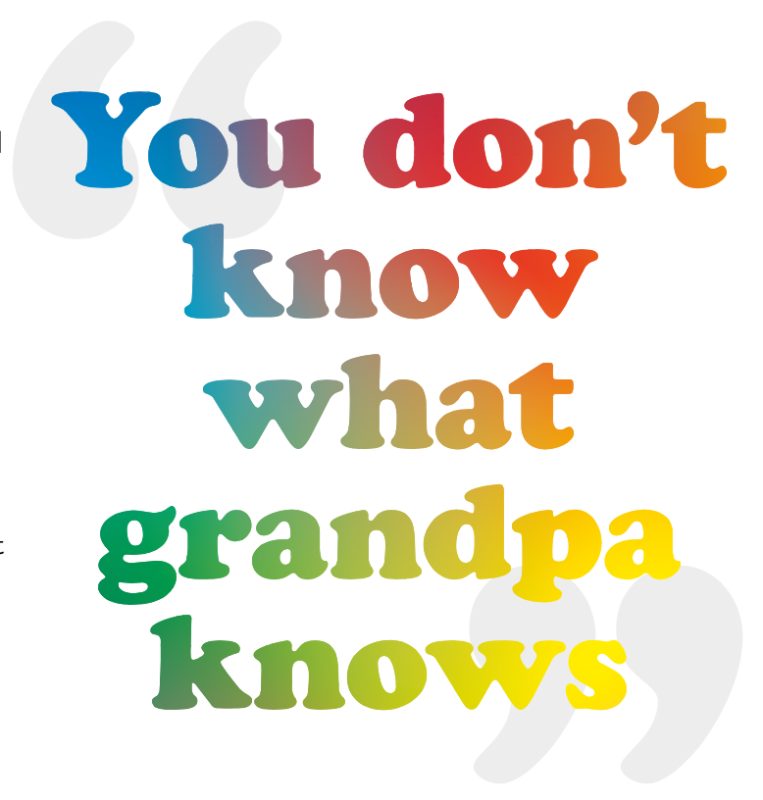
There’s that famous Donald Rumsfeld quote about unknown unknowns. You don’t know what grandpa knows. The people who were there at the beginning of mountain biking were in a pre-internet age. A time of paper, letters, and personal introductions. Unless you went to the library or knew someone who knew someone, it was a time of figuring things out for yourself. You couldn’t just reach into your pocket and find a handy video explainer of suspension kinematics, or metal fatigue data. If you weren’t at the conference, there wasn’t a handy download available for you to catch up. Presentations were hand-drawn on acetate slides, and given in person. Be there, or miss out.
Papyrus, paper, paperless
I think the consequence of this is twofold. If you were there, your involvement – and influence – often snowballed. You were in the room when an idea was shared. Depending on whether that room was a garage workshop, a lab, or a conference, you might be one of just a handful of people who saw that moment happen. You were then in possession of useful knowledge, connected to people who could find that useful and known as one of the people who was there. When someone else mentioned they were trying to figure out a thing, people would say ‘Oh, you should talk to so and so… They did something like that’. Personal contacts and professional citations built networks of knowledge – not keyword searches on LinkedIn. And herein lies the second consequence: in a pre-internet age, pre-smartphone, pre-digital camera, there is much that wasn’t recorded.
The people who were in the room at the dawn of mountain biking weren’t recording everything in digital formats. Those who were documenting events did so on paper and film. We were well past the days of papyrus and hand-inked tomes by monks – a time when the labour involved in production rendered these documents precious and offered a degree of longevity and preservation. Instead, we were in a pre-internet time, but in an age where reproduction was relatively simple. The volume of potential library material was huge, things moved and changed fast, and few were carefully archiving everything in a methodical and searchable manner. Charlie Kelly* and his many boxes of papers, magazines and clippings is an obvious example – and a relatively organised one. There will be many more out there, like Chipps, Wende Cragg, and Zap Espinoza, with huge filing cabinets of photos, unlabelled, the riders and locations captured named only in the memory of the photographer. All sorts of metal prototypes and workshop experiments are unlabelled and identifiable only by the person who made them. Who knows what sits in the sheds of people like Charlie Cunningham or Robert Seals? What forgotten manuals and sketches sit in the lofts of people who worked in the R&D departments of companies like Suntour or Shimano in those early days? People whose names we might not even recognise now because they moved on to new jobs in new fields. And that’s just the stuff that was physically created – there are so many stories and anecdotes that exist only in the minds of those who were there. Who introduced Red Bull’s marketing person to mountain biking events? Who persuaded Princess Anne to have a mountain bike race in her garden? (Answer to both: Patrick Adams.) That ‘Newton’s apple’ incident in the course of the final product or discovery, the tale of mishap that only gets told after a few drinks – these are the stories that so often go unrecorded.
Losing history
If you’ve ever done your family tree, you’ll know there are two ways to do it. You can sit down with the oldest relatives you have, maybe some photo albums, and get them to tell you all about all the people they remember, and all the people they remember being told about. Or – and maybe as well as – you can painstakingly trawl through records of births and deaths. This second way will involve hours of rooting through archives, and perhaps even through overgrown graveyards and old church records. Both may eventually draw your family tree back to the Domesday book, or the Mayflower, or whatever, but only the lengthy chats with elderly relatives will give you the colour. Maybe you do a real deep dive into the depths of paper archives and find some court records, or sale of a business, and discover that not only was Great-Great-Great Uncle John married to Betty, but he was also a greengrocer who was fined for fiddling his scales. But, probably you just end up with a bunch of names. You don’t know that John and Betty fell out with Cousin Harold because he always ate the last slice of bread. Or that Great-Great Aunt Mildred always wore a bonnet in photographs to cover the fact she only had one ear after a childhood accident.
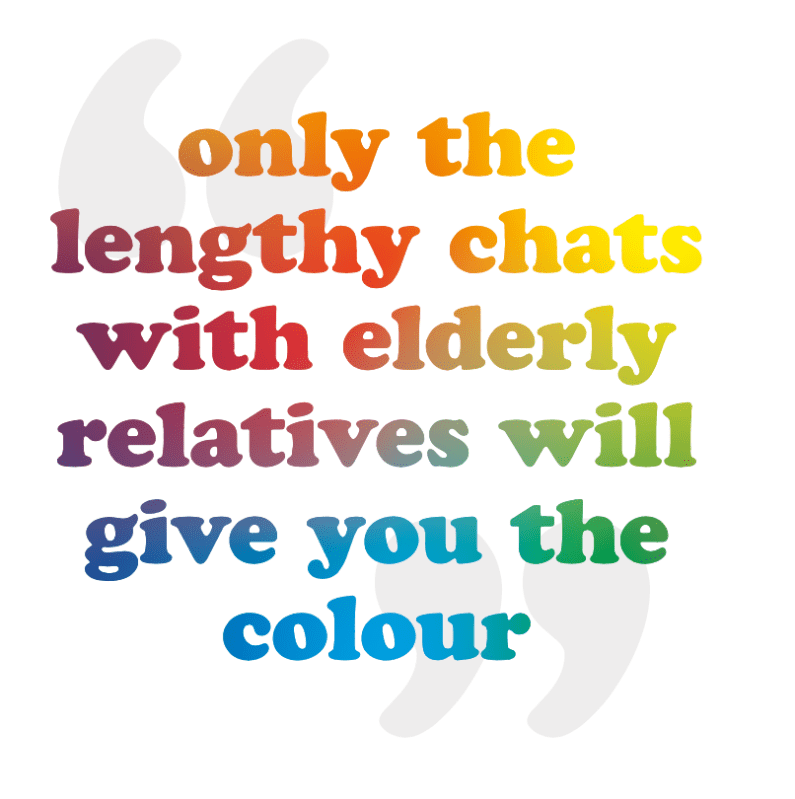
If all your most elderly relatives are gone, option two – trawling the records – is your only choice. Here, you can thank the digitising of many archives for the fact you can get any information without leaving your home. As you root through dusty libraries, be grateful to those who thought to catalogue the information, rather than burn it, or leave it in a heap to be eaten by mould and mites. If you’ve ever tried to put faces to the names of relatives in old photos, you’ll know that sometimes you can never be quite sure.
Been there, got the T-shirts
There are people in the mountain biking world who saw a lot. Experiences snowballed just because they were lucky enough to be in the right place at the right time, and with something useful to contribute. Some of that history has been curated and collated into museums, like the Marin Museum of Bicycling, or in brands’ HQ foyer displays. Pieces of history have been recorded in publications like Singletrack, and the many others that have fallen by the wayside. Even then, much of it isn’t digitised and is only accessible to those who can visit a place, or put their hands on a paper copy in an archive.
And yet even more lies in the minds and sheds of the people who were there, and who now approach retirement, or whose funerals we attend.
Science fiction becomes reality as time passes, and as mountain biking technology moves along, with electronic whatsits added and new material science exploited, we shouldn’t completely turn our backs on the past. Who knows what ideas lurk, set aside and disregarded, but that might offer us the next big leap forward now that new materials and manufacturing techniques are available? What tales are stored in the grey matter of those who were there, that if told would disrupt the neat commercial narratives of engineering excellence, incremental progress or corporate responsibility? And, in a media world ever more reliant on product and advertising, who will record, tell and share the stories and snippets that enrich our understanding though not perhaps the pockets?
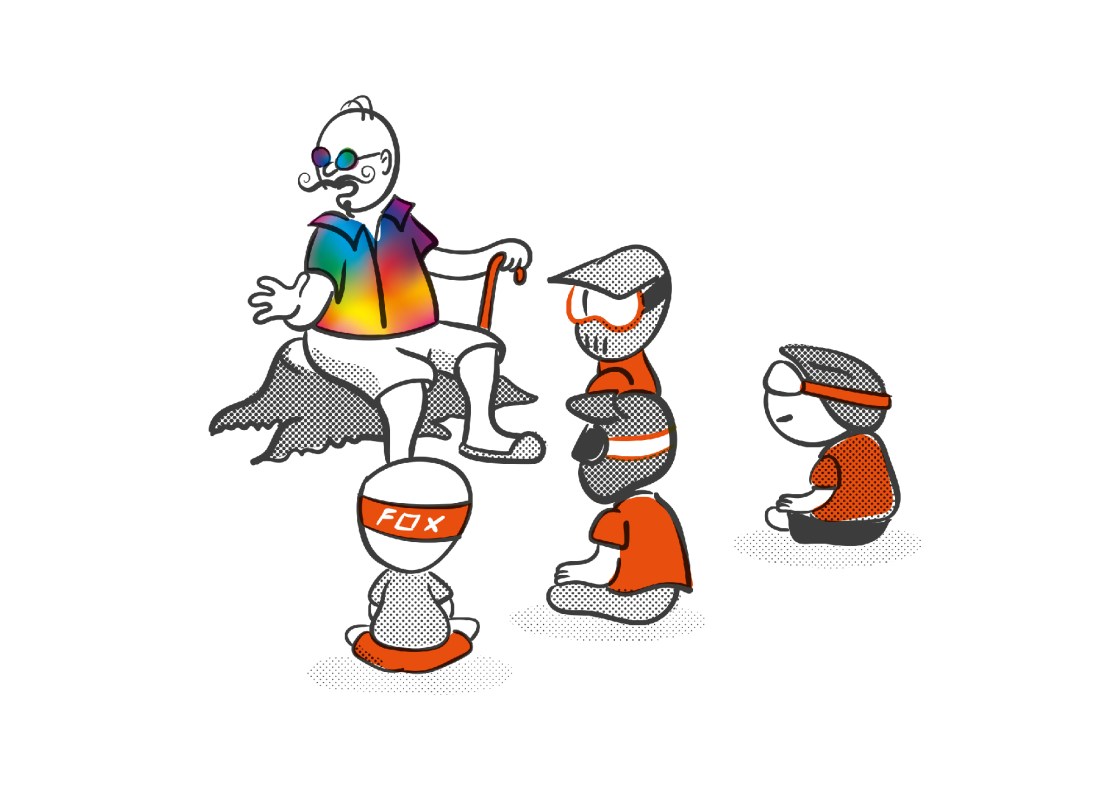
Yes, we should broaden our horizons and tell stories of people from all walks of life who are here, now, making mountain biking better in oh so many ways. But we should also make sure that we record our past before the colour is lost and all we are left with are images of anonymous riders, lists of names in the annals of race results or patent registers, and a corporate future of carefully marketed messages.
*If there are names in this article you don’t recognise, I highly recommend you look them up.
